Explore Tokyo’s diverse food scene with expert travel tips. From Michelin-starred restaurants to hidden street food gems, discover sustainable and authentic Japanese flavors.
For those of us at Cerca who have traveled the world in search of exceptional food, Japan remains one of the ultimate destinations. From high-end sushi counters where every grain of rice is a work of art to steaming bowls of ramen served from tucked-away alley stalls, when it comes to exceptional food experiences, Tokyo delivers.
From the basics to the highest of the high end: these are the flavors of Japan that every visitor should experience.
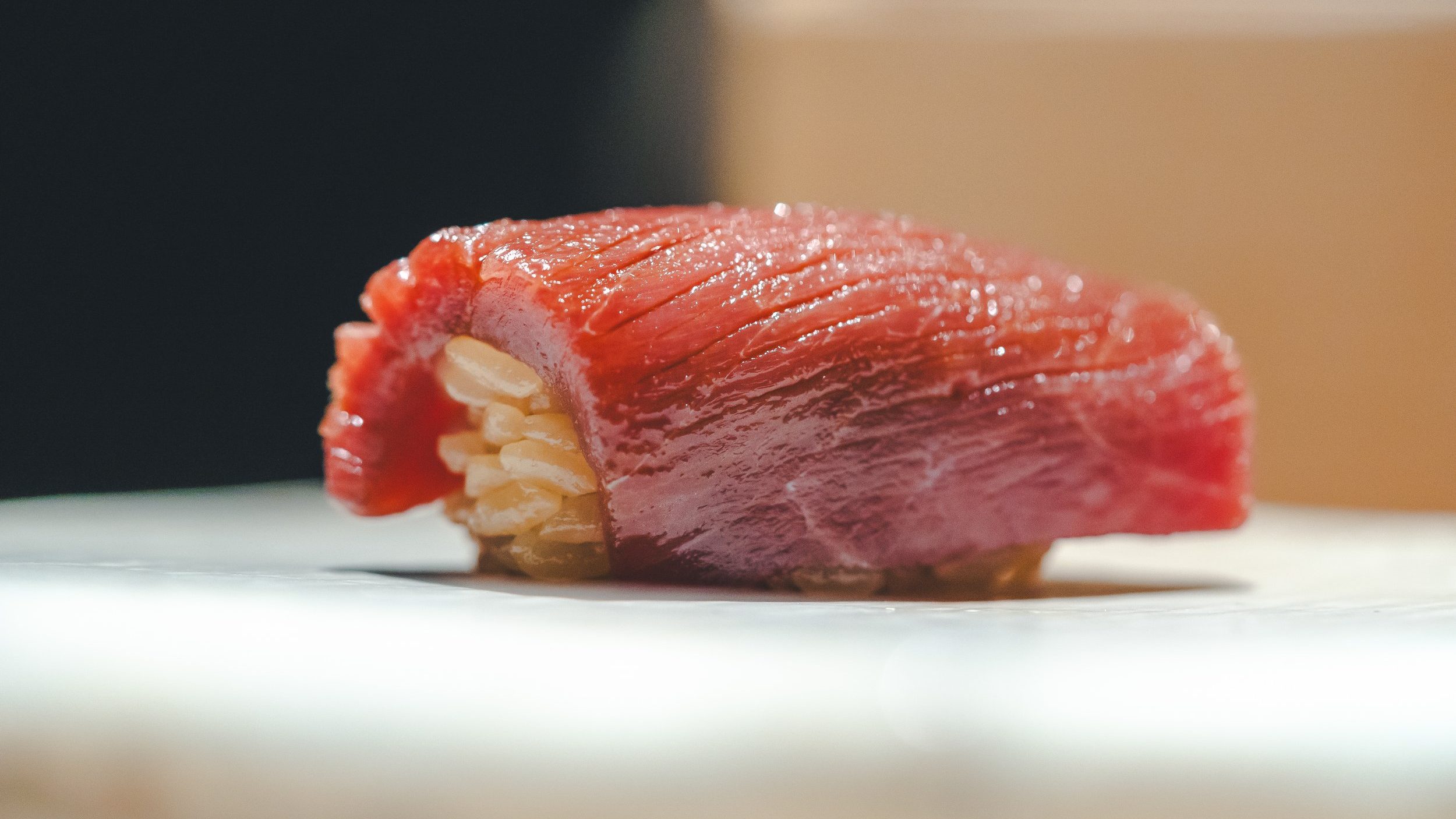
1. Sushi
Cheat Sheet:
Sushi = Any dish with vinegared rice + toppings. Sushi comes in many forms, including nigiri, maki (rolled sushi), and chirashi (scattered sushi bowl).
Sashimi = Just raw fish, no rice. It’s typically accompanied by soy sauce, wasabi, and daikon radish.
Nigiri = A hand-pressed sushi with a fish slice on top, sometimes bound with a thin strip of seaweed (nori) or brushed with soy sauce.
Sushi, Japan’s most internationally recognized dish, has roots dating back to the Edo period (1603-1868). Originally a street food, sushi evolved from a method of preserving fish in fermented rice to the refined, hand-formed bites we know today. Tokyo-style sushi, known as Edomae-zushi, was developed using fresh fish from Edo Bay, often lightly marinated or cured to enhance flavor.
Some of the most expensive restaurants in the world are great temples of sushi. Like Masa in New York where you can eat at the Hinoki Counter directly in front of the master sushi chefs for $950, not including drinks, or Sushi Kirimon in Osaka where the Extreme Omakase menu will set you back approximately $2350 USD.
Here are our picks for where to eat sushi in Tokyo:
2 Michelin Stars: Sukiyabashi Jiro – The legendary sushi master Jiro Ono’s world-famous establishment. The menu is only omakase, about 20 pieces, depending on what comes in fresh that day. (Approx. $390 USD)
Modern: Sushi M – A newer restaurant that looks for influences in different cultures and prizes aesthetics – your omakase will be both traditional and inventive. (Approx. $220 USD)
Experience:
Want to make your own sushi while in Tokyo? Tsukiji Cooking Class offers hands-on sushi-making workshops that emphasize sustainability and seasonal ingredients. Check them out here.

2. Ramen
Ramen may have originated in China, but Japan made it its own. After World War II, ramen became an affordable staple for working-class Japanese, and each region of Japan developed its own variation. Tokyo’s ramen scene is legendary, with everything from light shoyu (soy sauce) broths to rich, creamy tonkotsu (pork bone) soups.
Cheat Sheet:
Shoyu (醤油) – Soy Sauce-Based Ramen
Flavor Profile: Light, savory, and slightly salty with a deep umami flavor.
Origin: Tokyo
Broth Base: Usually a clear chicken, pork, or fish stock flavored with soy sauce.
Toppings: Chashu (braised pork), menma (bamboo shoots), nori (seaweed), narutomaki (fish cake), green onions, and a soft-boiled egg.
Where to Try in Tokyo: Ramenya Shima
Miso (味噌) – Fermented Miso-Based Ramen
Flavor Profile: Rich, hearty, slightly sweet, and deeply umami from miso paste.
Origin: Hokkaido (Sapporo)
Broth Base: Chicken or pork stock combined with miso paste (red or white).
Toppings: Butter, corn, bean sprouts, ground pork, garlic, and chili oil.
Where to Try in Tokyo: Sumire
Shio (塩) – Salt-Based Ramen
Flavor Profile: Light, delicate, and subtly salty with a clear, golden broth.
Origin: Hakodate, Hokkaido
Broth Base: Chicken, fish, or seaweed-based with a gentle salt seasoning.
Toppings: Chicken or pork, green onions, bamboo shoots, and a soft-boiled egg.
Where to Try in Tokyo: Ramen Nijūbun no ichi
Tonkotsu (豚骨) – Pork Bone-Based Ramen
Flavor Profile: Thick, creamy, and intensely rich with deep umami flavors.
Origin: Fukuoka (Hakata)
Broth Base: Pork bones simmered for hours until milky-white.
Toppings: Chashu pork, kikurage mushrooms, pickled ginger, garlic, and spicy takana (mustard greens).
Where to Try in Tokyo: Ichiran (A famous chain known for customizable bowls)
Where to enjoy:
One Star (formerly): Tsuta – One of the very few noodle shops to ever earn a star, get the soy sauce ramen with truffle.
Hidden Gem: Kikanbo – Get the Karashibi Miso Ramen – soy sauce ramen spiced with tingly Sichuan pepper.
Street Favorite: Fu-unji – Known for its tsukemen (dipping ramen).
Experience:
Learn the secrets of ramen-making at the Yokohama Ramen Museum, where you can make your own noodles and sample regional varieties from across Japan.
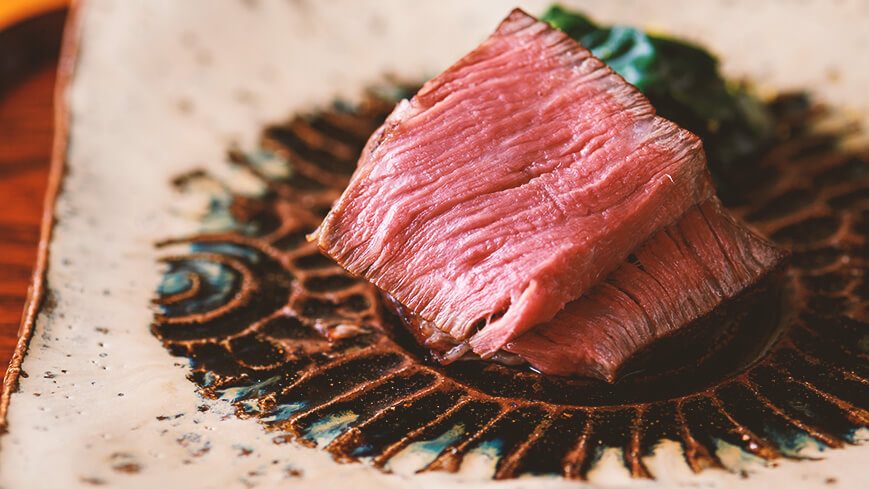
3. Wagyu Beef
Wagyu, meaning “Japanese beef,” is famous for its intense marbling and melt-in-your-mouth texture. Originally bred as work cattle, Wagyu beef became a prized delicacy due to Japan’s strict breeding and feeding practices. Kobe, Matsusaka, and Omi beef are among the most well-known varieties.
Wagyu cattle are fed a high-energy, grain-based diet (usually rice bran, corn, barley, and wheat) for 600+ days. The diet is carefully balanced to promote intramuscular fat (marbling). Unlike conventional cattle, Wagyu are not rushed to slaughter—they are raised for 2.5 to 3 years (vs. 18 months for regular beef).
In Japan, Wagyu is graded by the Japan Meat Grading Association (JMGA). The highest grade is A5, meaning top-tier marbling, color, texture, and fat quality.
Where to unleash your inner carnivore:
One Star: Oniku Karyu – Impeccable A4 and A5 Wagyu from across Japan, in combination with sea urchin and abalone, served in sandwiches, as sushi, in consume.
Local Favorite: Yoroniku – An fan favorite yakiniku (grilled meat, aka Japanese BBQ) experience.
Modern: WagyuMafia – A collection of restaurants under this banner, including the famous Cutlet Sandwich shop.
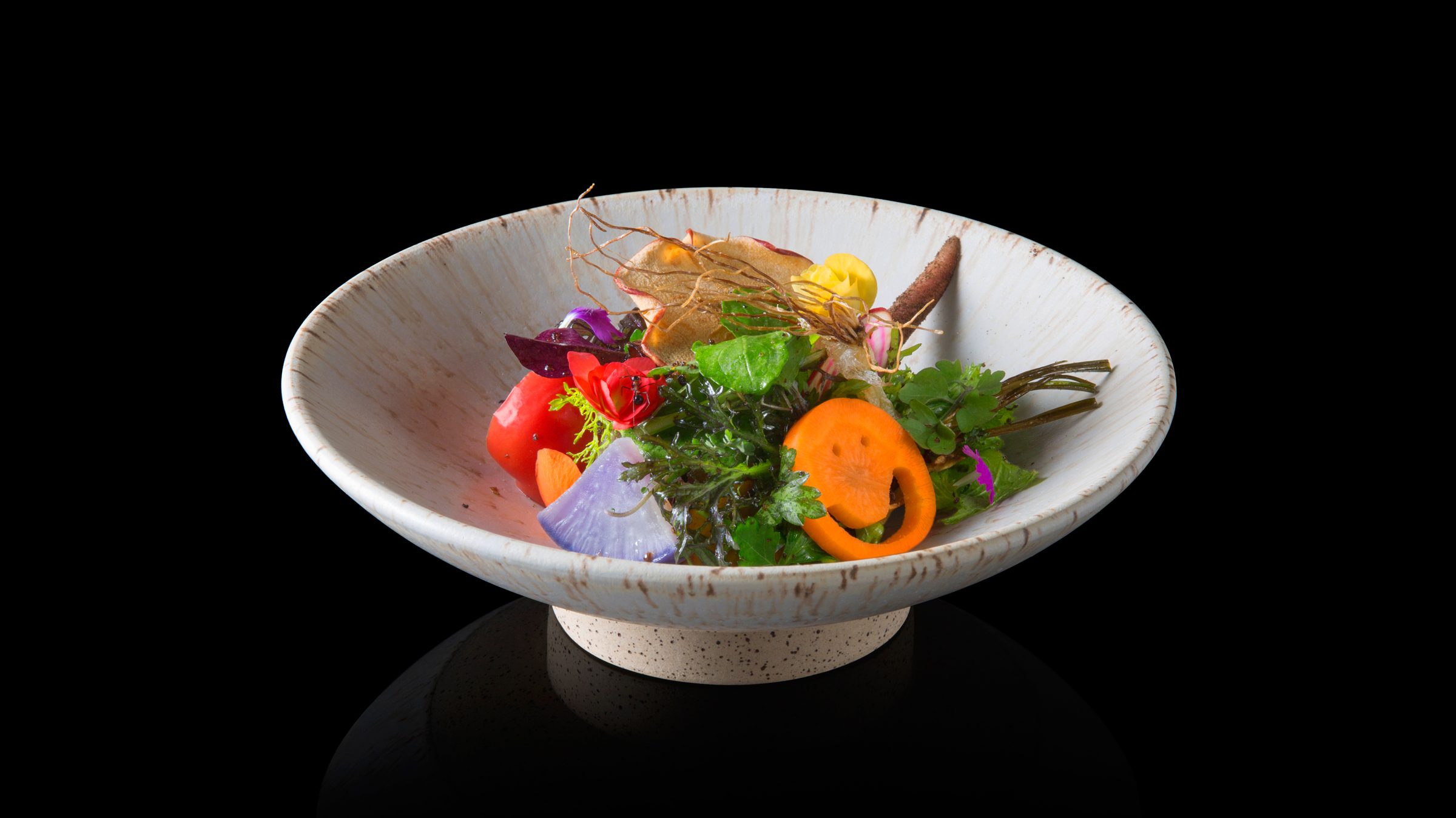
4. Kaiseki: The Art of Japanese Fine Dining
Kaiseki is Japan’s answer to haute cuisine, a multi-course meal that emphasizes seasonal ingredients and meticulous presentation. Originating from the traditional tea ceremony, Kaiseki is an expression of Japan’s deep culinary philosophy.
The term “Kaiseki” (懐石) originally referred to “stone in the bosom”—a practice where Zen monks would warm stones and place them near their stomachs to suppress hunger. This originated between the 14th-16th centuries. Meals were minimalist and plant-based, focusing on seasonal and harmonious flavors.
As Kaiseki spread beyond monasteries, it was adopted by the samurai class and aristocrats. The meal became more refined, incorporating elegant tableware, seafood, and artistic presentation. The number of courses expanded, often including sashimi, grilled dishes, simmered dishes, and rice. Around the mid-1800s Kaiseki began to fully evolve into what we know it as today.
There are, in general, two types of Kaiseki:
Cha-kaiseki (茶懐石): A light meal served before a Japanese tea ceremony, simple and minimalist.
Kaiseki Ryōri (会席料理): A multi-course meal served in high-end restaurants and ryotei, focusing on refined flavors and seasonal artistry.
Where to Eat:
3 Stars: RyuGin – A modern take on Kaiseki that balances tradition and innovation. The restaurant’s name comes from a proverb: Ryu ginzureba kumo okoru: ’When the dragon sings, clouds form.’
2 Stars: Den – Defined by an intimate setting, friendly service, and immaculate modern Japanese cooking. Den also has a green star for sustainability.
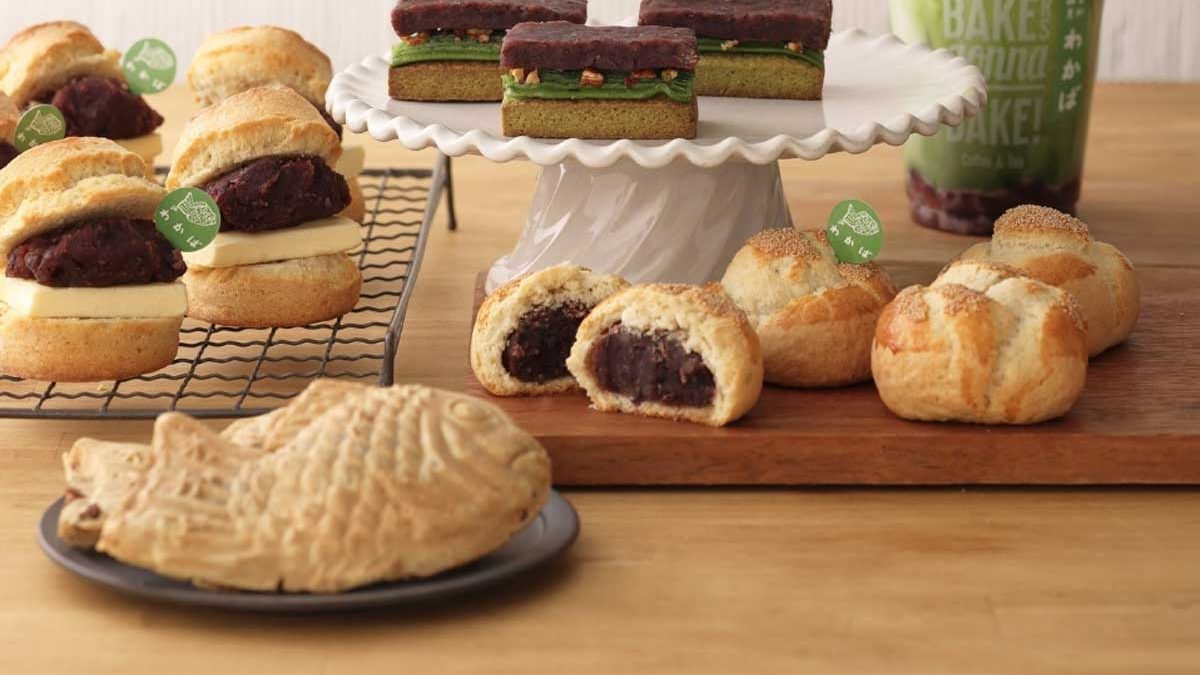
5. Street Food
Unlike some countries where street food is sold from roadside carts, Japan’s street food is mostly found in yatai (屋台, food stalls), markets, and festivals. Japanese street food is known for being clean and fresh and staying true to Japanese culture.
Steet Food Tips:
Eat near the stall – It’s considered impolite to walk while eating in Japan.
Dispose of trash properly – Many stalls don’t have trash bins, most Japanese carry a small bag for their trash when they’re out for the day – littering is definitely unacceptable.
Lines mean good food – Long lines signal the best stalls!
What to sample:
Taiyaki – Fish-shaped pastry filled with sweet bean paste – Try it at Taiyaki Wakaba.
Tamagoyaki –Japanese rolled omelet, known for its delicate texture, balanced sweetness, and umami-rich flavor, a mix of mirin, soy, sugar and dashi. It’s a staple in bento boxes, sushi, and traditional breakfasts, loved for its soft, slightly sweet taste and beautiful layers. – Best at Tsukiji Outer Market.
Okonomiyaki – A beloved Japanese savory pancake made with cabbage, batter, and a variety of toppings, often referred to as “Japanese pizza” or “Japanese pancake.” The name “Okonomiyaki” (お好み焼き) means “grilled as you like it,” reflecting its customizable nature. – Head to Sometaro.
-1024x684.jpg)
6. Fermented Flavors: Miso & Sake
Miso is a fermented soybean paste that is a staple in Japanese cuisine, known for its rich umami flavor. It’s used in soups, marinades, dressings, and even desserts
Types of Miso:
Shiro Miso (白味噌) – White Miso: Color: Light yellow/white, Flavor: Mild, slightly sweet, Best Uses: Miso soup, dressings, marinades
Aka Miso (赤味噌) – Red Miso: Best Uses: Hearty soups, stews, ramen, Color: Red to dark brown, Flavor: Bold, salty, deep umami.
Awase Miso (合わせ味噌) – Mixed Miso, Color: Light brown, Flavor: Balanced, mix of white and red miso, Best Uses: Versatile, used in most dishes.
Hatcho Miso (八丁味噌) – Color: Dark brown, Flavor: Strong, earthy, slightly bitter, Best Uses: Stews, sauces, miso-glazed dishes.
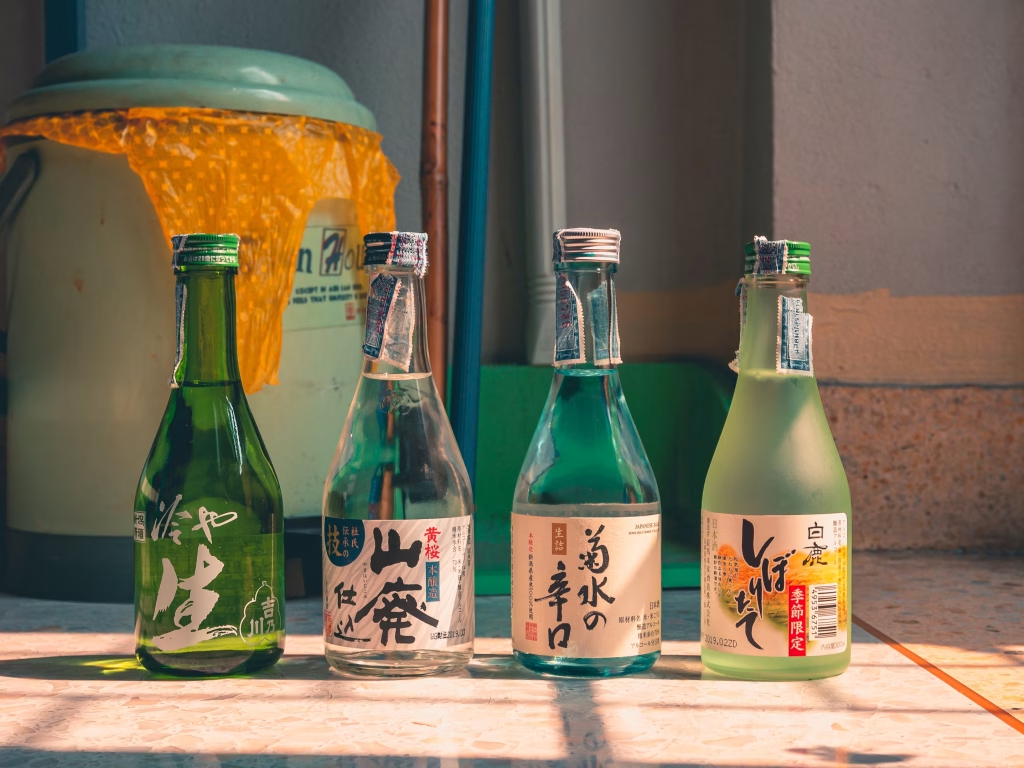
Sake (pronounced sah-keh, not sah-kee) is a fermented rice beverage that has been a core part of Japanese culture for centuries. It’s used in ceremonies, celebrations, and everyday dining, with flavors ranging from sweet and fruity to dry and bold.
How to Drink Sake:
Hot (Atsukan, 熱燗) or Cold (Reishu, 冷酒)?
Premium sake (Daiginjo, Ginjo, Junmai) → Best chilled (to preserve aroma).
Classic sake (Honjozo, Junmai, Futsushu) → Can be warmed or served at room temp.
Nigori & Sparkling Sake → Best served cold.
Drinking Etiquette:
Pour for others first before serving yourself.
Hold the cup with two hands when receiving sake from a superior.
Use small ceramic cups (ochoko) or wooden boxes (masu).
Experience: Sake Tasting
Try: Sake Studio – tasting classes led by sommeliers in multiple languages.
From high-end dining to street food stalls, Tokyo offers an unparalleled gastronomic experience. Get out there and try EVERYTHING!